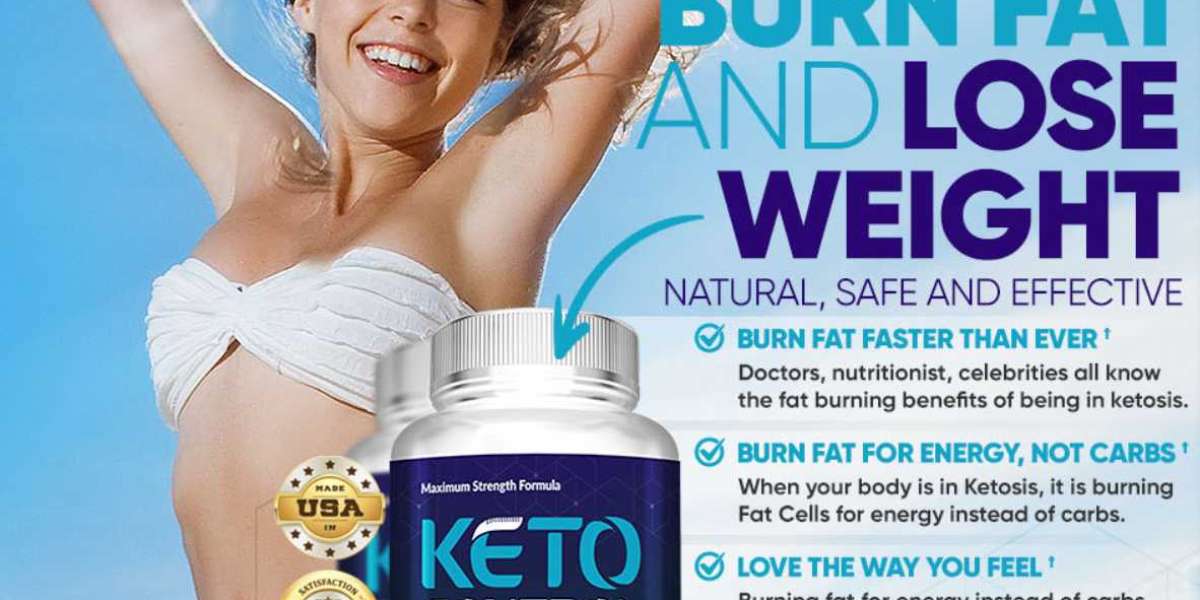Global Green Building Material Market – Overview
The materials used in green building majorly promotes conservation of non-renewable resources in order to reduce environmental impact associated with fabrication, installation, transportation, disposal, and recycling of building materials. Green Building Materials Market uses recyclable products, which enhance the production environment and quality of life. There are various environmental challenge the world is facing today, such as climate change, pollution, natural resource depletion, and others. The green building materials addresses such issues makes them ideal for use in residential and non-residential buildings.
The countries around the globe are adopting the concept of green building in their building guidelines and practices. The environment conservation and protection is given high priority and it can be seen through the increasing use of green building materials across all types of construction. The same is implemented through various associations and government regulations which guide and govern the building and construction practices. The governments globally are encouraging such construction practices, which have led to the popularity of such materials among the individuals as well, and not just on a macro level. With the increasing private construction, such awareness and government encouragement becomes very important to tap the segment.
In November, 2017, Green Building Councils in Europe are urging to strengthen the EU policy on building renovation and not to overlook elements in the European Parliament’s position which Green Building Councils support. Similarly, Health Care without Harm (HCWH) launched a pilot project to measure Green House Gas emission from European Healthcare centres. The motive is to support six hospitals in Europe to measure emissions and share data.
Prominent Players
Alumasc Group plc. (U.K.), Bauder Ltd. (U.K.), Wienerberger AG (Austria), Binderholz GmbH (Austria), Homasote Company (U.S.), CertainTeed Corporation (U.S.), LG Hausys Ltd. (South Korea), RedBuilt LLC (U.S.), PPG Industries, Inc. (U.S.), E. I. du Pont de Nemours and Company (U.S.), Forbo International SA (Switzerland), Kingspan Limited (U.K.), Lafarge Company (France), BASF SE (Germany), and Owens Corning (U.S.) are some of the prominent players at the forefront of competition in the Global Green Building Material Market and are profiled in MRFR Analysis.
Get Sample of Report @ https://www.marketresearchfuture.com/sample_request/1865
Global Green Building Material Market – Competitive Analysis
The green building market is partnering with manufacturers to develop products and materials that reduce a building’s overall embodied energy in order to create a more sustainable construction industry.
The industry has witnessed players entering the market to provide green building materials for the construction purposes. The new and existing players are seen investing more in the RD to develop products and material that prove to be energy saving for construction. The industry has also witnessed increased interest in the concept of energy management systems to monitor the energy usage of buildings to ensure optimal energy savings. Increasing partnerships between green building component manufacturers and technology providers. The global acceptance of solar energy has caused solar technology to get better and cheaper and companies have started to develop products to cater to the requirement. For instance, Tesla (U.S.) has announced the launch of its new solar shingles.
Knauf Insulation, a member of World Green Building Council’s Europe Regional Network, and a global insulation company has achieved its 2020 sustainability targets in 2016, four years ahead of schedule, by reducing its energy use by 20.9 per cent and cut CO2 emissions by 25.1 per cent.
On the other hand, LIXIL Corporation (Japan) and TEPCO Energy Partner, Incorporated (Japan) announced a joint venture company called LIXIL TEPCO Smart Partners, Inc. The association between the two companies is expected to promote the building of eco-friendly net zero energy houses (ZEH)1 in Japan. The operation started in October, 2017. BASF was also seen supporting sustainable building and contribute to climate protection. BASF showcased a range of these solutions in the World Green Building Week in October 2017. These include insulation systems, solutions to optimize the concrete mix, ways to reduce impact sound, and more.
Alumasc Group plc. Introduced VAEPLAN single ply roofing membrane. This offers an effective, long-lasting roofing solution. The company recently installed the product at Oyster Wharf, Mumbles. Furthermore Bauder green roof bus shelter, was recognized by The Norfolk Association of Architects.
Global Green Building Material Market – Segments
Global Green Building Material Market is segmented in to 3 Key dynamics for an easy grasp and enhanced understanding.
Segmentation By Application : Comprises – Residential, Commercial, Infrastructure, Industrial.
Segmentation By End-use : Comprises – Exterior siding, Interior Finishing, Insulation, Framing, Roofing and others
Segmentation By Regions : Comprises Geographical regions – North America, Europe, APAC and Rest of the World
Get Complete Report @ https://www.marketresearchfuture.com/reports/green-building-materials-market-1865
Global Green Building Material Market – Regional Analysis
The market across all regions is exoected to show staggering growth due to its low operational maintenance costs and supportive environmental regulations pertaining emissions. There are various rating systems for green buildings which define the quality of the construction in developed regions. Such organizations are Energy and Environmental Design (LEED), Building Research Establishment Environmental Assessment Method (BREEAM), and Green Building Evaluation Labeling (GBEL).
However major growth and investment in green building market is seen in APAC countries. The region is expected to witness staggering growth in the forecast period. The governments are seen promoting the green building practice along with offering flourishing markets to the international companies to push the market. The companies are seen investing in the innovation of new advanced technologies in APAC region, especially in China, Idnia, Indonesia, among others and this is expected to boost the green building materials market demand. There are few challenges that the industry faces. High costs hinder the market growth in the long run.
About Market Research Future:
At Market Research Future (MRFR), we enable our customers to unravel the complexity of various industries through our Cooked Research Report (CRR), Half-Cooked Research Reports (HCRR), Raw Research Reports (3R), Continuous-Feed Research (CFR), and Market Research Consulting Services.
MRFR team have supreme objective to provide the optimum quality market research and intelligence services to our clients. Our market research studies by products, services, technologies, applications, end users, and market players for global, regional, and country level market segments, enable our clients to see more, know more, and do more, which help to answer all their most important questions.
In order to stay updated with technology and work process of the industry, MRFR often plans conducts meet with the industry experts and industrial visits for its research analyst members.













